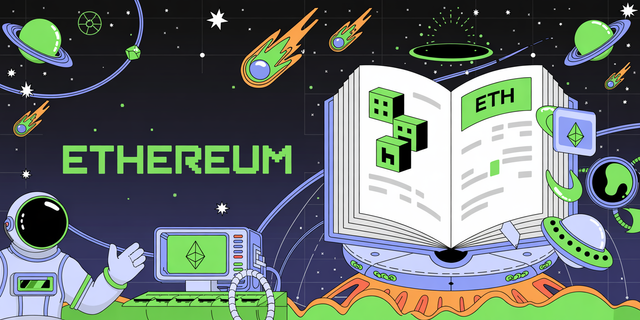Navigating Ethereum's Scalability Frontier: A Beginner's Guide to Layer 2
Navigating Ethereum's Scalability Frontier: A Beginner's Guide to Layer 2 Solutions
The Ethereum blockchain, a revolutionary platform powering decentralized finance (DeFi) and a vast ecosystem of applications, faces a significant hurdle: scalability. As adoption surges, transaction speeds can slow, and costs can rise, impacting user experience and hindering broader network growth. This is where Ethereum's Layer 2 scaling solutions emerge as critical innovations, offering a pathway to faster, cheaper, and more efficient transactions without compromising Ethereum’s core security principles. For newcomers to the crypto space, understanding these solutions is paramount to grasping the future of decentralized technology.
At its core, a Layer 2 solution is a secondary framework or protocol built on top of an existing blockchain, in this case, Ethereum (Layer 1). These solutions offload transaction processing from the main blockchain, thereby increasing overall throughput and reducing congestion. Think of it like adding express lanes to a busy highway; the main highway (Layer 1) remains secure and robust, while the express lanes (Layer 2) handle a high volume of traffic more efficiently.
Several distinct types of Layer 2 solutions are currently transforming the Ethereum landscape. One of the most prominent is Rollups. Rollups bundle thousands of transactions off-chain into a single transaction that is then submitted to the Ethereum mainnet. This drastically reduces the data that needs to be processed on Layer 1, leading to significantly lower fees and faster confirmation times. There are two primary categories of rollups: Optimistic Rollups and Zero-Knowledge (ZK) Rollups.
Optimistic Rollups, such as Arbitrum and Optimism, operate on the assumption that transactions submitted to them are valid. They post transaction data to Layer 1 and allow a "challenge period" during which anyone can submit proof of fraud. If fraud is detected, the fraudulent transaction is reverted, and the sequencer (the entity responsible for ordering transactions) is penalized. This "optimistic" approach makes them relatively straightforward to implement and compatible with existing Ethereum smart contracts. However, the challenge period introduces a withdrawal delay, typically around seven days, as the network waits for potential disputes.
Zero-Knowledge (ZK) Rollups, exemplified by zkSync, StarkNet, and Polygon zkEVM, take a different approach. They utilize complex cryptographic proofs, known as ZK-SNARKs or ZK-STARKs, to mathematically verify the validity of transactions off-chain. This proof is then submitted to Layer 1. Because the validity is cryptographically guaranteed, there’s no need for a challenge period, allowing for much faster withdrawals. ZK-Rollups offer enhanced privacy and security but are computationally more intensive and have historically been more challenging to develop and integrate with existing smart contracts, though this is rapidly evolving.
Another significant Layer 2 scaling technique is State Channels. These solutions, like the popular Lightning Network (though primarily associated with Bitcoin, similar concepts apply to Ethereum), enable participants to conduct numerous transactions off-chain between themselves, only settling the final state on the mainnet. This is particularly useful for frequent, low-value transactions between a fixed set of participants, such as in gaming or micropayments. However, they require participants to remain online and can be less flexible for applications involving many participants or complex smart contract interactions.
Plasma is another Layer 2 scaling framework that creates child chains anchored to the main Ethereum chain. These child chains operate independently but inherit security from Ethereum. Plasma has the potential for massive scalability but has faced challenges related to data availability and complexity, leading to a slower adoption rate compared to rollups.
For beginners, the practical implication of these Layer 2 solutions is a more accessible and enjoyable Ethereum experience. When using decentralized applications (dApps), you might be interacting with a Layer 2 network without even realizing it. Platforms that utilize L2s will typically display significantly lower gas fees compared to direct Ethereum mainnet transactions. To access these benefits, users often need to bridge their assets from Ethereum mainnet to a Layer 2 network. This process involves sending your tokens to a smart contract on Layer 1, which then allows you to claim an equivalent amount on the chosen Layer 2. Conversely, to move assets back to Layer 1, you would initiate a withdrawal from the Layer 2 network, which can take time depending on the specific solution's design.
The ongoing technological innovation in Ethereum scaling is a testament to the network's commitment to evolution. As Layer 2 solutions mature and become more user-friendly, they are poised to unlock the full potential of Ethereum, making decentralized applications and DeFi services accessible to a global audience. Understanding these advancements is not just about appreciating technical progress; it’s about positioning oneself to benefit from a more scalable, performant, and ultimately, more decentralized future.
